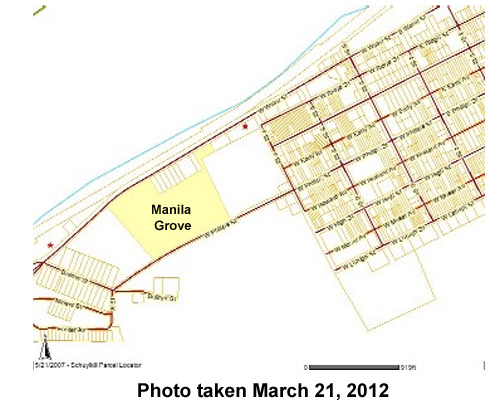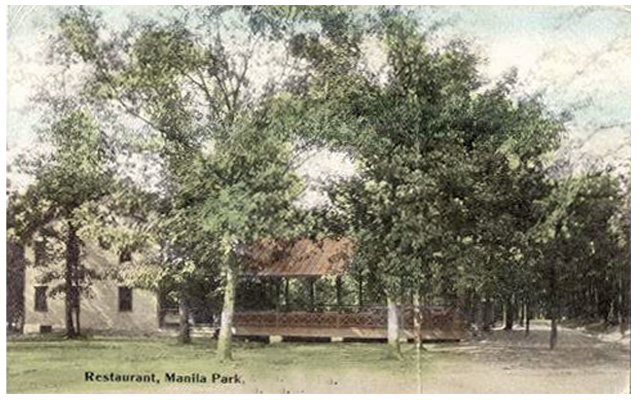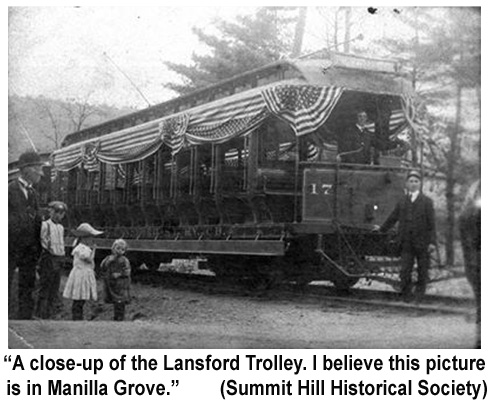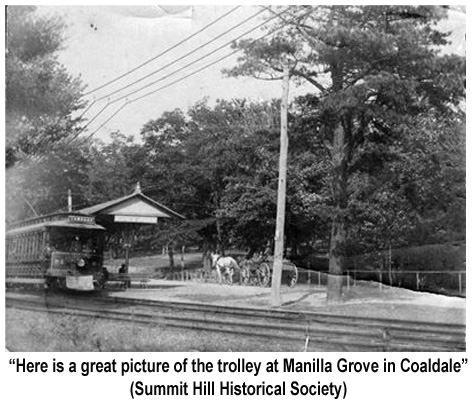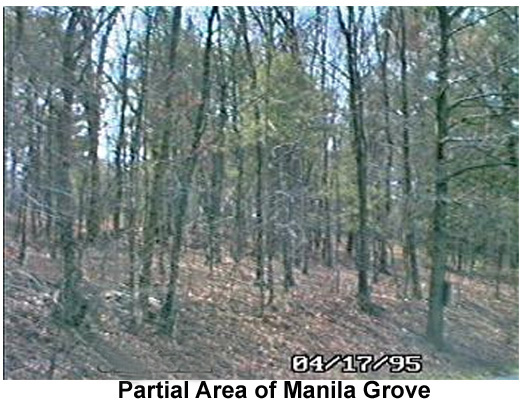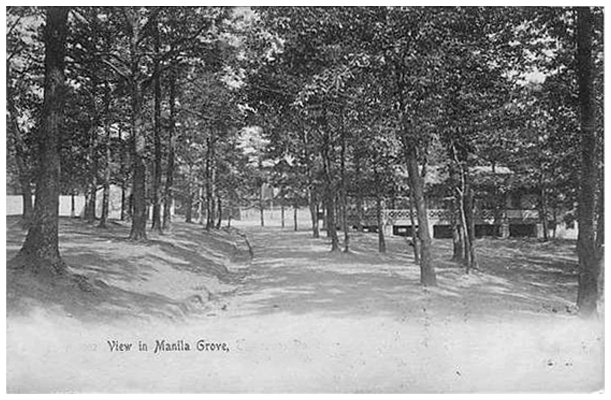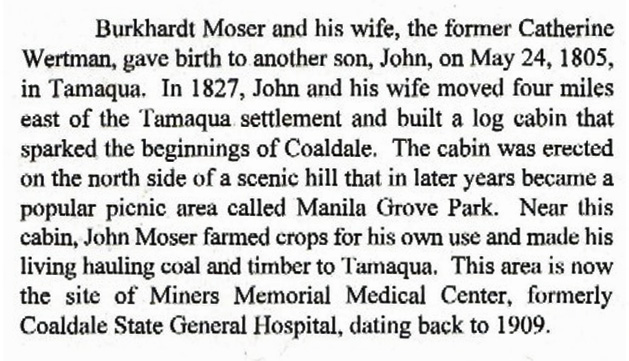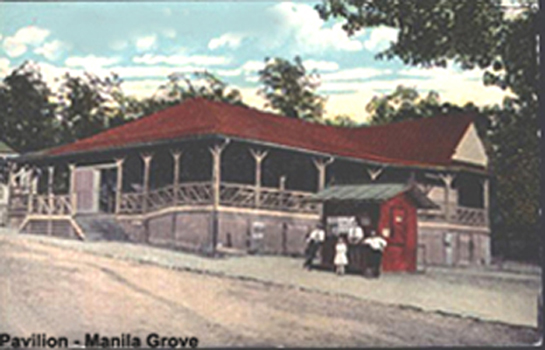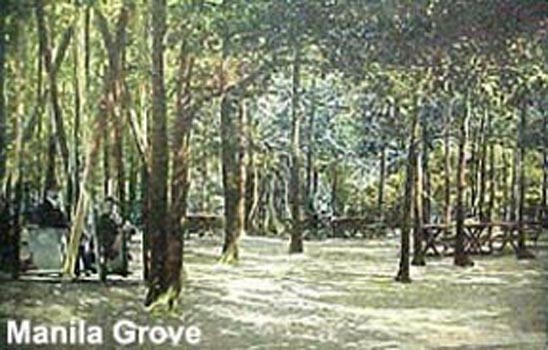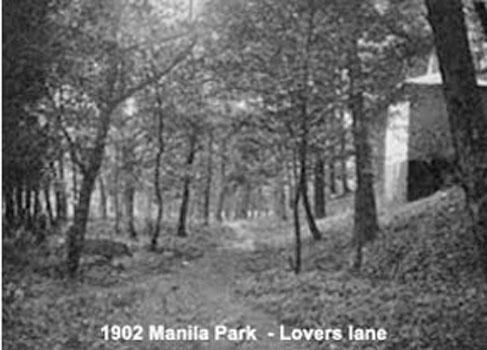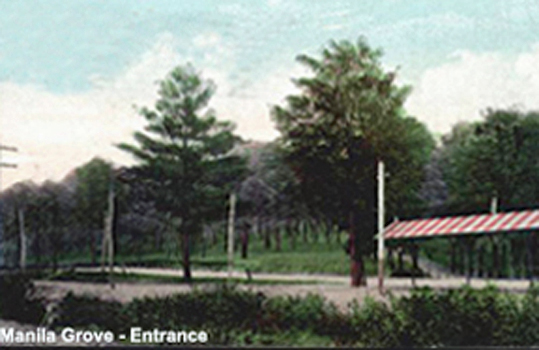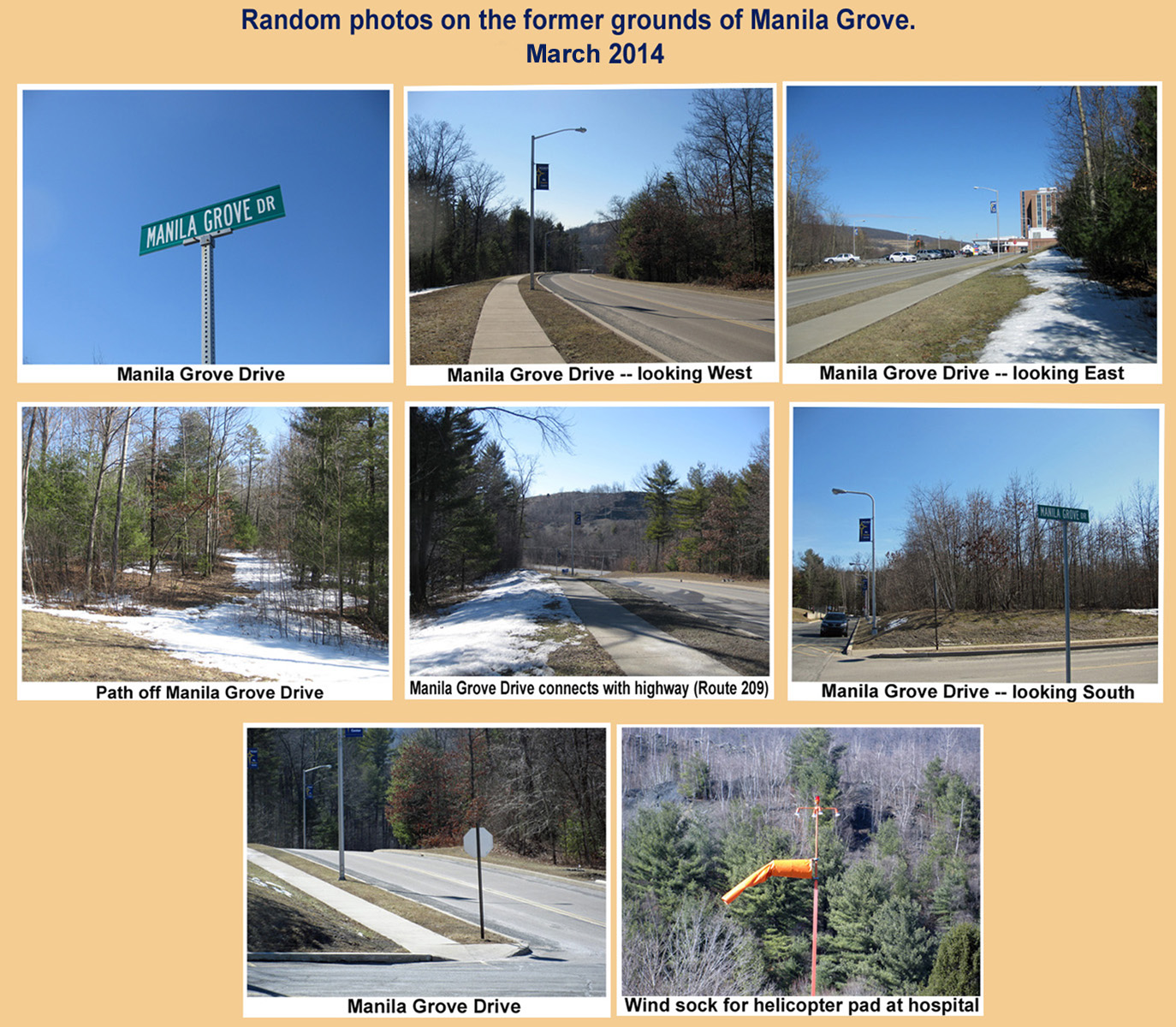During the early 20th century, amusement parks were a prime venue for company and family outings.
Coaldale's Manila Grove was already a summer hot spot for hard-working families when it was announced in the spring of 1910 that a new attraction was being added – a roller coaster.
Work on the new "figure 8" coaster began in early May in anticipation of having it ready when the park officially opened for the summer season on Memorial Day. N. W. Knavel, a contractor from Beaver, Pa., arrived in Tamaqua on the morning of April 28 to personally superintend construction. Material for the coaster was shipped to Coaldale and then hauled to the site – a space of about 150 feet square just east of the dancing pavilion.
A writer for the Tamaqua Courier stated the coaster would be one of the largest in the state. The plane of the new ride was 60 feet from the ground, and elevation which, the writer said, "was more than sufficient to give you a speedway on your travels."
Riders made three complete circles on each loop of the figure 8, traveling a distance of 1,800 feet. There were 20 dips during the 60-second ride.
"The coaster will be modern in every way and will be one of the finest in the state," the writer boasted.
Enjoying a ride while making use of the scenic beauty of nature as a backdrop was not new to local residents. Not too far away was the famous Switchback, Mauch Chunk's gravity railroad, which had a long history as being a worldwide pleasure ride.
In 1827, Mauch Chunk gravity railroad was constructed by the mining company in Summit Hill. The ride was an outdated coal train that was pushed up the hill by a coal engine and then flew back down to the base of the hill.
By the 1850s, the gravity road was providing 50-cent rides to visitors on the downhill track which was used to deliver coal to Mauch Chunk.
Although the Manila Grove coaster could not compete with the Switchback's sprawling 8-mile scenic circuit, proponents felt thrill-seekers would still be satisfied by the intensity of the ride in its more compact space.
"The amusement will be something new for Manila Park and the pleasure seeker will find it one of the greatest fun-makers found in summer resorts," the Courier writer stated.
The term roller coaster was thought to have originated in Haverhill, Mass. in 1887 at an enclosed skating rink that featured a toboggan-like ride built above the rink. Since the riders actually coasted on hundreds of rollers, it was technically a "roller toboggan." After the coaster took off, it gently glided down a graded track to the main floor, the track weaving back and forth in a figure-eight style as it descended.
The roller toboggan experience led to a number of rides springing up around the country but the craze quickly subsided after several accidents.
But it was LaMarcus Adna Thompson who patented the first roller coaster on January 20, 1885, and is thus known as the father of the American roller coaster. The next year, his roller coaster design expanded to include dark tunnels with painted scenery.
During the turn of the century, much of the roller coaster action was centered on the East Coast, where even smaller amusement parks like Manila Grove climbed aboard and accepted the coaster craze.
In just over a decade hundreds of new amusement parks and roller coasters were built. By 1919 there were an estimated 1,500 roller coasters in operation in North America alone.
As coaster design technology progressed, the first high-speed coasters began to appear. The Roaring Twenties marked a Golden Age for roller coasters.
The 1940s through the 1960s saw economic and social changes in America. As amusement parks deteriorated and declined from coast to coast, the coasters were on an endangered survival list. Sadly, hundreds of roller coasters met the fate of the wrecking ball during this dark period. Only the memories of that golden age now remain.
As for the Manila Grove coaster, it did make its completion deadline of Memorial Day in 1910. There were many other upgrades at the park that year, including the merry-go-round capably handled by George and Richard Hahn, the popular dancing pavilion and summer stock theater which featured top-flight entertainers of the day.
But the real show-stopper, at least on that Memorial Day in 1910, was the park's new thrill ride. The Courier reported that over 6,000 thrill-seekers "took in the roller coaster."
URL: http://www.tnonline.com/2010/jun/05/manilla-grove-coaster-was-show-stopper

